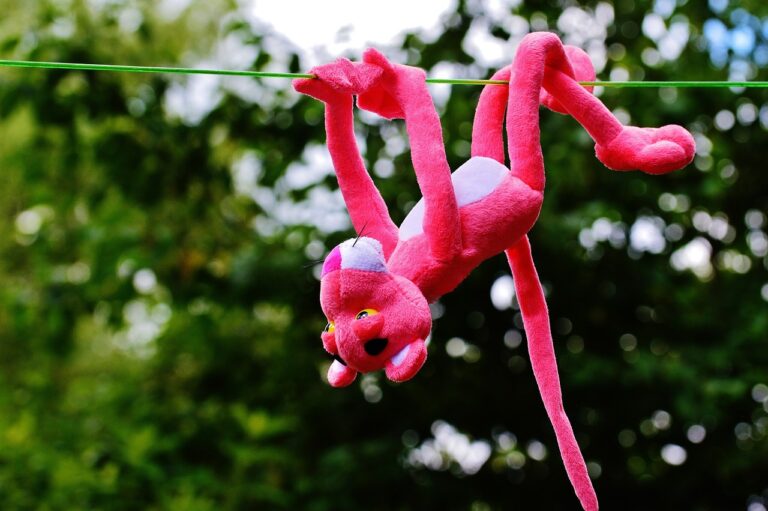Understanding the Evolution of Cricket Bats: From Willow to Advanced Composites
Satsport, Silverexchange: Cricket bat production has a significant impact on the environment due to the materials and processes involved. The traditional methods of manufacturing cricket bats often result in carbon emissions, deforestation, and chemical pollution. From the cutting down of trees to the use of toxic chemicals for coloring and finishing, each step in the production process contributes to environmental degradation.
In recent years, there has been a growing awareness and emphasis on sustainable practices in the cricket bat manufacturing industry. Many manufacturers are exploring alternative materials such as bamboo and recycled wood to reduce the environmental footprint of cricket bat production. Additionally, innovations in manufacturing technologies are allowing for more efficient use of resources and minimizing waste in the production process. These efforts towards sustainability are crucial in ensuring the long-term viability of cricket bat production while minimizing its impact on the environment.
Innovations in Cricket Bat Manufacturing
In recent years, the cricket bat manufacturing industry has witnessed significant advancements in technology and design. Manufacturers are now utilizing state-of-the-art materials and machinery to enhance the performance and durability of cricket bats. These innovations have not only revolutionized the way cricket bats are made but have also opened up new possibilities for players to improve their game.
One of the key innovations in cricket bat manufacturing is the use of advanced composite materials such as carbon fiber and Kevlar. These materials are known for their strength, lightweight, and high durability, which make them ideal for creating cricket bats that are both powerful and long-lasting. By incorporating these materials into the construction of cricket bats, manufacturers are able to produce bats that offer improved performance on the field.







